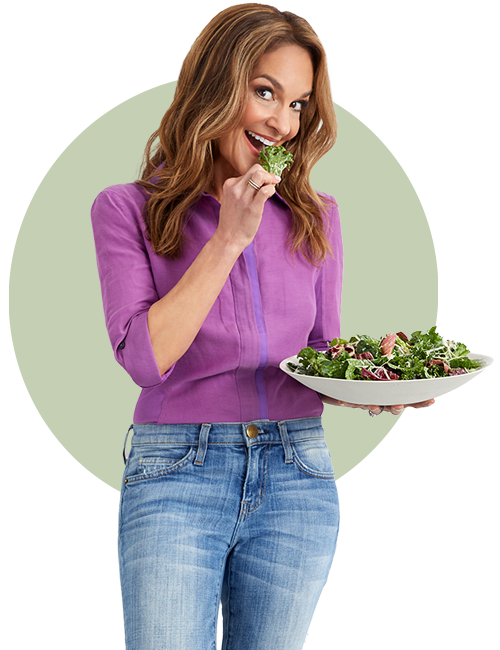Wow Them in White! 6 Pale Power Picks

6 Pale Power Picks
“Eat the rainbow.” You’ve likely heard this wise nutrition advice before—and with good reason: Dark leafy greens, bright red and orange bell peppers, and vibrant blueberries and eggplant are bursting with health-promoting nutrients. But there’s no reason to shun the more modest pale-colored picks. (I’m not talking about white bread and crackers—these foods aren’t doing you much good.) White vegetables and proteins can offer just as many benefits as their brighter brothers and sisters. Check out this list of pale powerhouses that might make the more colorful bites, dare I say…green with envy.

Cauliflower
Cauliflower is a powerful cancer-fighting vegetable with plenty of antioxidants that can help prevent cell mutations that have been linked to disease. In fact, the cruciferous veggie contains a specific antioxidant, indole-3-carbinol, which has been shown to reduce the risk of breast and reproductive cancers. Not to mention, its fiber and water content also aid in digestion, so things run smoothly…always a nice bonus. Plus, it contains choline, a vitamin that helps with learning, memory, and muscle movement. You can mash it, roast it, slice into “steaks,” make cauliflower “rice” for your favorite stir fry, or even use it as a pizza crust.

Mushrooms
Mushrooms may be a lowly fungi, but they rank right up there with tomatoes, carrots and peppers in terms of activity of two antioxidants: polyphenols and ergothioneine. This makes them great for reducing the risk for diseases such as cancer and Alzheimer’s. They also contain the mineral selenium, which prevents inflammation and may help slow the growth of tumors. Whether you choose crepes, pizza or a grain side dish, be sure to get these guys on your plate!

Garlic
Garlic, part of the allium family, does more than keep vampires at bay. It may also help reduce the risk for osteoarthritis. Women who consume garlic and other alliums (such as onions and leeks) are less likely to suffer from the bone-weakening condition, according to studies. Alliums, and especially garlic, are also associated with a decreased risk of prostate cancer. Use it to increase the flavor—and health factor—of veggies, fish, and soup recipes.

Tofu
Tofu gets blasted for being bland, but this meatless main is incredibly versatile. It takes on flavors easily, and it packs a protein punch with about 10 grams per half cup. This is a great benefit because protein is essential for building muscle and it also helps with satiety. Scared of soy because you’ve heard it my increase your risk for breast cancer? Moderate consumption of quality sources, like tofu, is perfectly fine for healthy people. And in fact, some research, including one study of more than 18,000 breast cancer survivors in the United States and China published in the American Journal of Clinical Nutrition, suggests soy may help reduce the risk of a recurrence. Try tofu on salads, in a stir-fry, or whip up my tofu scramble for breakfast.

Potatoes
Potatoes prove that bananas aren’t the only place to get your potassium. Many Americans don’t meet their recommended 4,700 mg daily potassium goal. Combine this fact with our already high intake of sodium, and you get an elevated blood pressure and an increased risk of heart disease. Don’t pass on the potatoes at your next meal (unless they’re in the form of super-salty fries). Instead, try my slimmed-down mash tonight to score potassium, Vitamin C, and Vitamin B6.

Beans
Beans are great for more than just your heart. The meatless protein source, which can be used to make a hearty game day chili or a veggie burger base, provides plenty of magnesium (for energy) and iron (for metabolism, growth and healing). White beans contain more than 50 percent of your daily needs for magnesium and almost half the day’s goal for iron. Try white beans in your chili or sub them into your favorite homemade hummus recipe.

